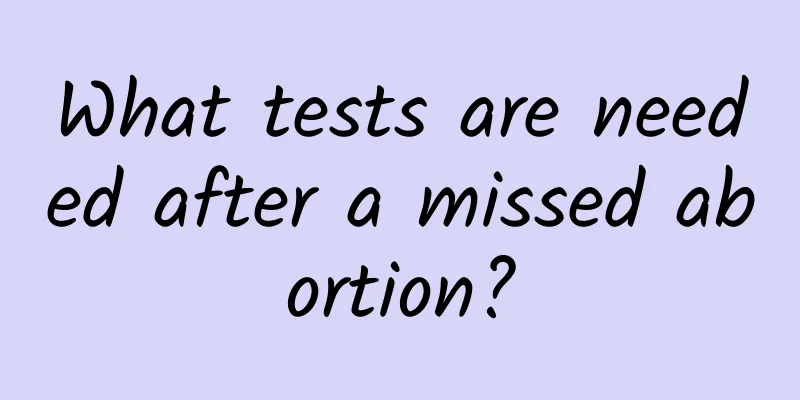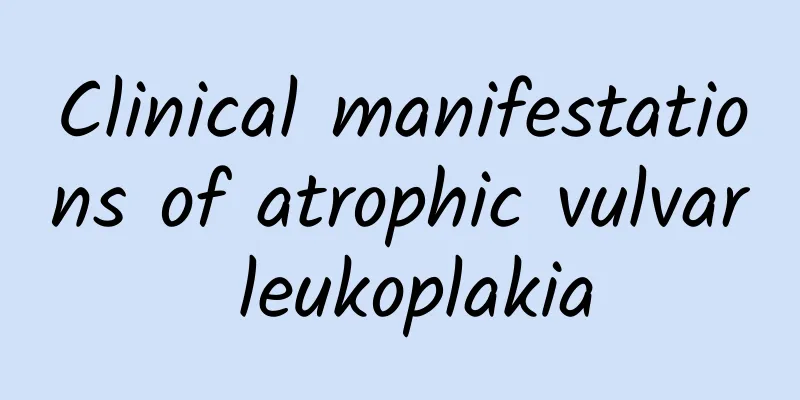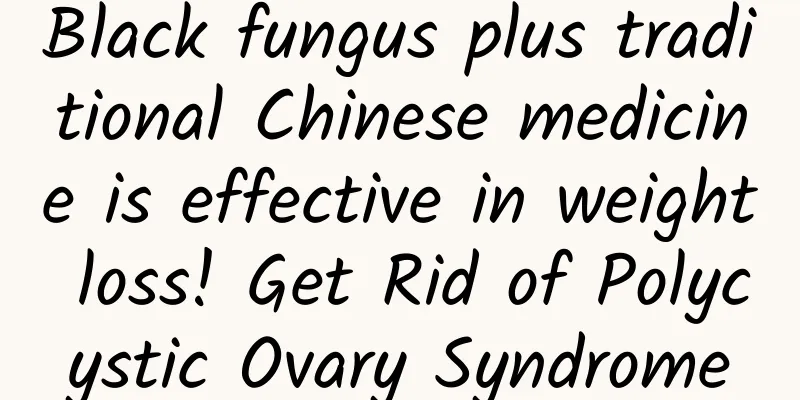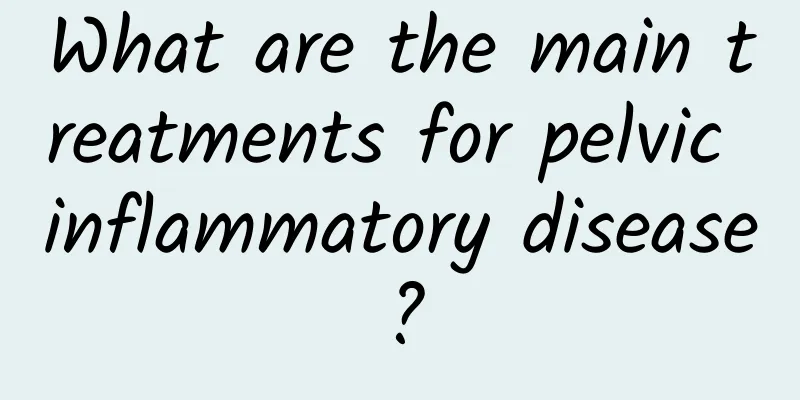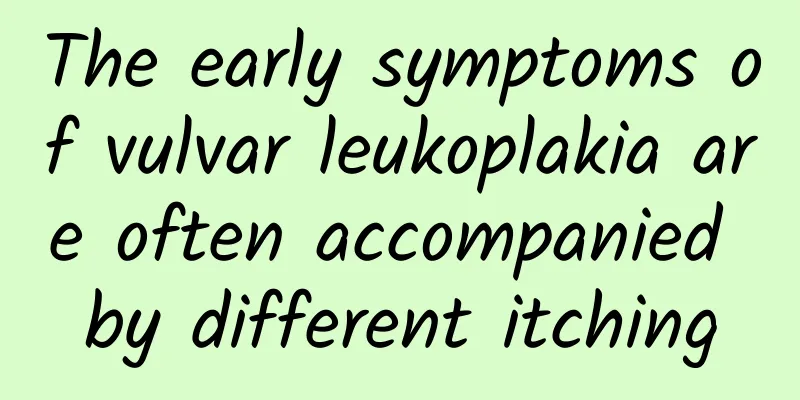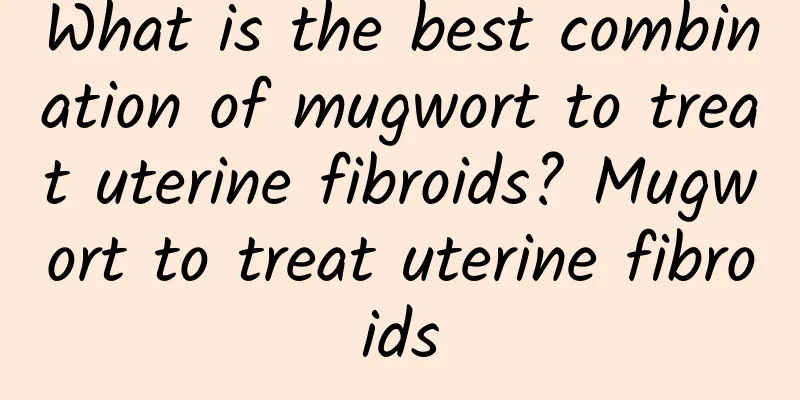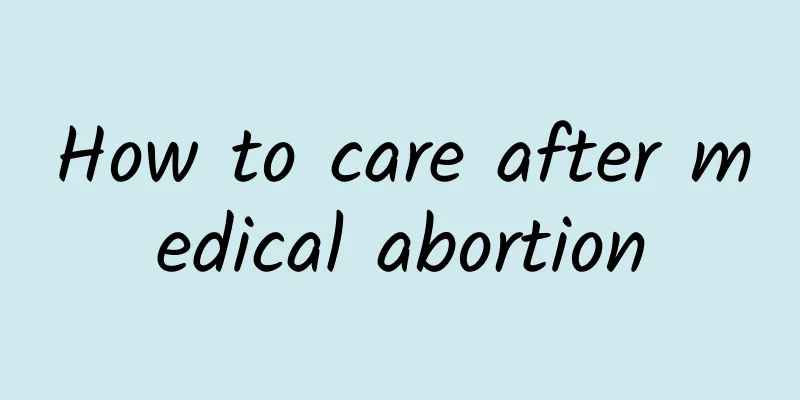How to treat functional uterine bleeding

|
The treatment of functional uterine bleeding requires an individualized plan based on the cause, severity of symptoms and age of the patient, including drug therapy, surgical treatment and lifestyle adjustments. Functional uterine bleeding is caused by endocrine disorders that lead to menstrual cycle disorders, mainly manifested as abnormal menstrual volume or irregular bleeding. Drug treatment is a common initial measure. Oral contraceptives such as ethinyl estradiol-cyproterone acetate tablets can regulate hormone levels and shorten bleeding time. Progesterone drugs are suitable for women in menopause or with menstrual cycle disorders to help restore endometrial stability. For patients with severe anemia, iron supplements or hemostatic drugs can be used at the same time. If the drug effect is not good, or the patient is at risk of endometrial lesions, surgical treatment such as endometrial resection, hysteroscopy and curettage can be considered to achieve hemostasis by directly treating the lesion site. When adenomyosis or heavy bleeding is uncontrollable, subtotal hysterectomy may be required. Lifestyle management should not be ignored. Avoiding excessive fatigue, excessive stress and significant weight fluctuations can all help to balance endocrine. Patients need to pay attention to the duration of abnormal bleeding and the accompanying symptoms. If the amount of bleeding is too large and it is frequent and recurring, they should seek medical attention in time to screen and exclude the possibility of uterine fibroids, polyps or malignant lesions. Regular follow-up examinations are required after treatment, and the treatment plan should be adjusted according to the treatment response to prevent recurrence while ensuring overall health. At the same time, a balanced diet and regular rest are also crucial to regulating menstruation and restoring physical condition. |
<<: Is the abdominal pain of threatened miscarriage very painful?
>>: How to treat cervical inflammation
Recommend
What are the dangers of dysmenorrhea
Dysmenorrhea has caused great distress to many fe...
Ant-Man loves desserts but is afraid of obesity. What kind of desserts should he give his children? Nutritionist Jian Yuhua teaches how to make your own sugar-free, high-fiber egg tart
"Do you like desserts but often feel guilty?...
Drink lemon water without getting sick? Can I drink it every day? Nutritionist Cai Yusi breaks down 4 myths about lemonade
Although lemons are small, they have big health b...
Eat refrigerator leftovers correctly to prevent liver disease! Nutritionist Wang Zinan: Follow the principle of "four no's and one freshness" to stay away from liver disease
The top ten causes of death in 2022 were announce...
Determined to exercise and lose weight, but still succumb to the sofa and TV? Here is the key reason!
Monday evening. The first workday of the week is ...
Introduction to five specific diagnostic methods for uterine fibroids
With the advancement of modern medical technology...
What are the surgical methods for uterine fibroids? What are the advantages of uterine fibroid surgery?
Uterine fibroids are one of the most common benig...
Can an unmarried woman with a 3 cm cyst on her left ovary still get pregnant?
Can an unmarried woman with a 3 cm cyst on her le...
What are the effective ways to prevent dysmenorrhea?
What are the effective ways to prevent dysmenorrh...
Causes of ectopic pregnancy
Many people are quite different when they suffer ...
Pelvic inflammatory disease prevention and care
Pelvic inflammatory disease is often divided into...
Three types of women, be careful of uterine fibroids!
Therefore, if a woman who has not given birth has...
What are the symptoms and reactions of menstruation?
Women usually experience a series of physical and...
Precautions during treatment of chocolate cysts
What are the precautions for chocolate cyst treat...
Is there any harm in having a hysterectomy for adenomyosis?
Removing the uterus may have some physical effect...

